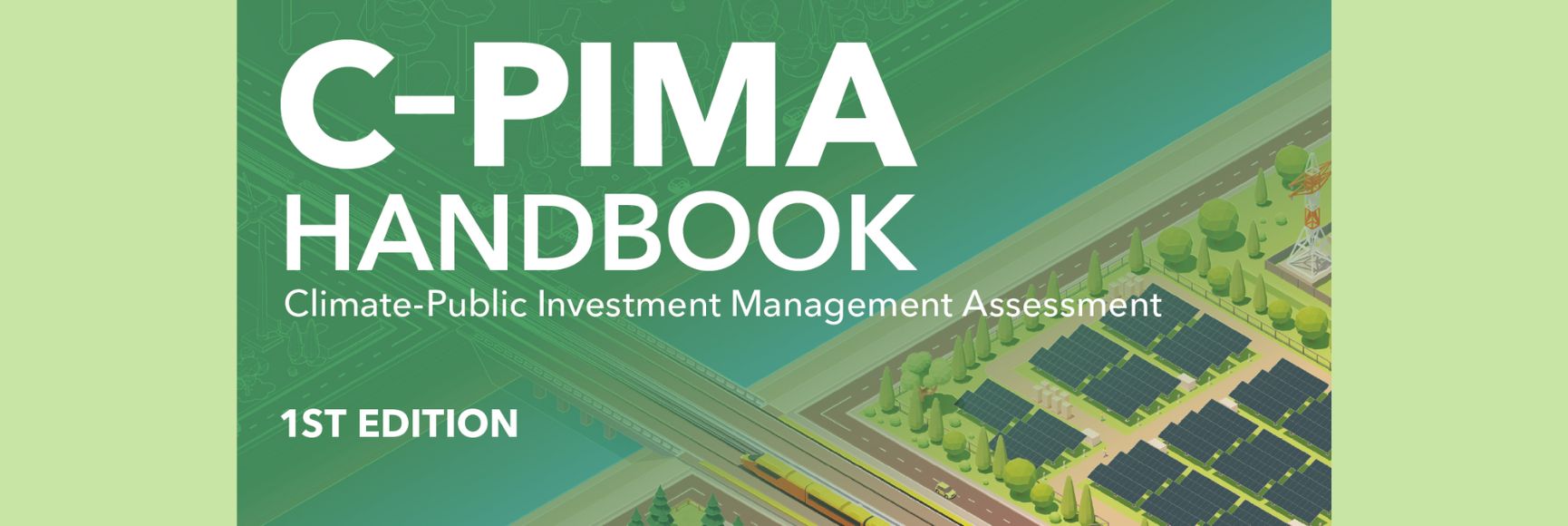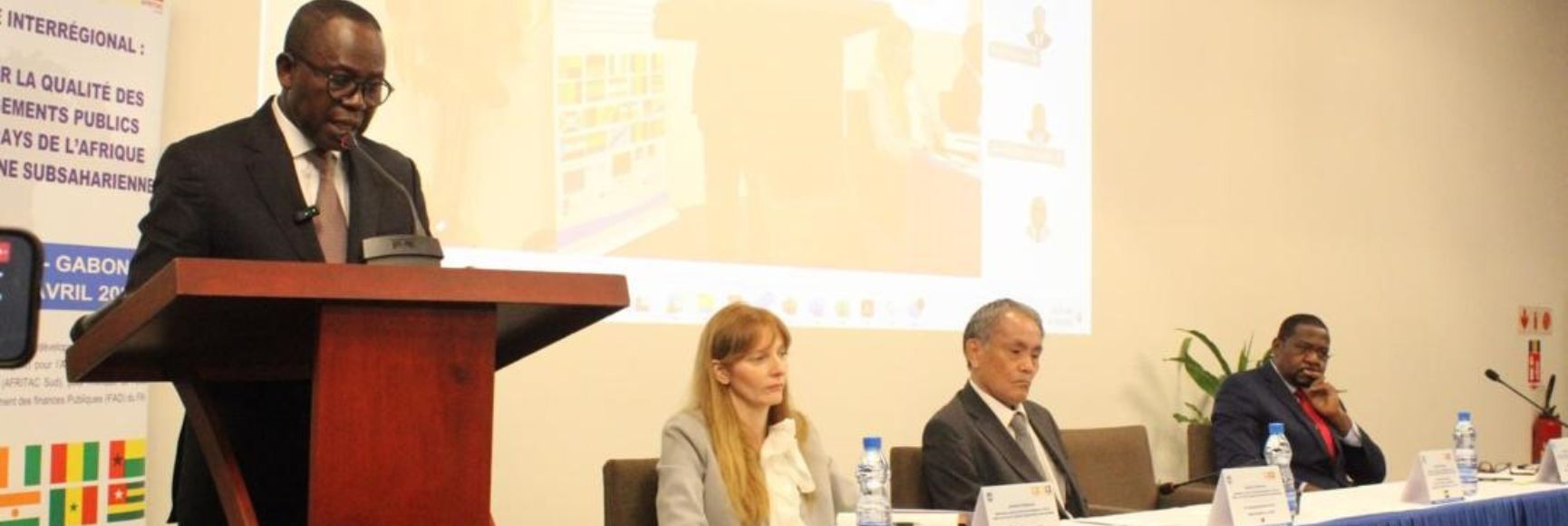The World Bank hosted the Fourth Sovereign Debt Management Forum between October 27–29, 2008 in its Washington, D.C. headquarters. Despite the ongoing turmoil in world financial markets, the event was well attended, with representatives from over 55 advanced OECD, emerging, and low-income countries (LICs), as well as representatives from international institutions, including the IMF and the EU.
The forum was very timely, given the current market turmoil, and naturally much of the discussion centered around the impact of the crises on economies, in general, and on debt management operations, in particular. Much of the focus was on what the role of debt managers will be in helping to mitigate the effects of the crises on economies in the short and medium-term.
A particular concern among emerging market participants involved the apparent contagion of the crises from developed economy financial markets into emerging markets, which appears to have accelerated over the course of the last month. This was evidenced by the recent exodus of foreign investors from emerging market domestic bond markets as investor risk appetite collapsed. While a sudden exit of an investor class is undoubtedly worrying from a balance of payments and source of funding perspective, it also threatens to undo the efforts that many emerging markets have put into developing their domestic debt markets over the course of the last ten years. In many countries, foreign investors act as key players both in terms of their providing liquidity and trading expertise, including assisting to develop new instruments to further develop and deepen domestic markets. The sudden flight of capital has been an unnerving experience for many debt managers, particularly following the long bullish period experienced by many emerging markets in recent years.
To ensure that their markets eventually recover, a number of participants stressed the need to maintain the liquidity in their markets in order to entice foreign investors back when relative normality returns to international financial markets. Some even went so far as to suggest that governments, as the primary debt issuer, should offer a backstopping market maker function to investors wanting to sell their bonds, in order to reassure market participants that exit mechanisms are in place even in these turbulent times. While this proposal has merits, the fiscal impact of a policy of government intervention to provide a price floor—in an extremely nervous and volatile market—would need to be carefully weighed before such action could be considered.
However, amid the gloom and expressions of concern, a strong view from a number of participants was that that emerging market economies were generally in better shape to withstand the crises than would have been the case even 5–10 years ago. Many emerging market participants expressed confidence that their prudent policies of maintaining highly liquid government cash positions, coupled with their efforts to grow and diversify their investor base both externally and domestically, will stand them in good stead for what will inevitably be a relatively rough ride in the months to come.
A question, posed on a number of occasions, asked what debt managers can do to help alleviate the problems associated with the current crises. Much of the discussion centered around adjusting country debt management strategies to take into account the likely impact of the crises on the fiscal balance, and to identify alternative strategies to fund the borrowing requirement, in an environment where access to capital in the international markets is likely to be curtailed for some time. Views on whether debt managers were positioned to cope with a situation where the current crises deepened further elicited less certain responses. A big question mark hangs over the ability of many debt managers to develop and execute realistic funding and debt management strategies in a volatile environment of unprecedented magnitude, and only time will tell whether the confidence expressed in domestic debt markets and cash management strategies will prove well grounded.
As a confidence building measure, many countries are actively maintaining dialogue with both domestic and international investors, to reassure them of the underlying attractiveness of investing in government bonds. Debt managers are also looking to adjust their strategies in some instances, by possibly looking to focus more on shorter-term securities issuance that might be attractive to the more risk adverse investor base in the current environment—or using their cash holdings to partially fund the near term borrowing requirement, in the hope that markets will calm down over the course of the next few months. There was widespread consensus, however, that the extremely low spreads—by historical standards, witnessed until recently—are not likely to be available to many emerging markets for quite some time, as the markets adjust to a new risk pricing model. This will have fiscal implications for many countries, as the cost of funding their borrowing needs rises.
Apart from the intense discussions on the state of the world’s financial markets, other debt management specific topics were also discussed. An interesting session on the contingent liabilities arising from Public Private Partnerships (PPPs) highlighted the experience of a number of emerging market economies that have been using PPPs in one form or another to finance large investment projects—typically related to infrastructure—in recent years. It was clear from the discussion that mistakes in the handling of risk transfer between the public and private sector have been committed by many countries in the past, but that valuable lessons have been learned which will assist governments in the better design and use of this source of investment funding in future. Another seminar focused on particular challenges for public debt management in LICs, including how these countries eventually adjust from the use of concessional to nonconcessional sources of funding, once their markets return to normality and as their economies continue to develop. Also, a well attended workshop explained the joint IMF/World Bank toolkit for developing Medium-Term Debt Management Strategies (MTDS) for LICs, and also showcased the draft quantitative cost-risk analysis tool that is intended to be made available to LICs to assist them in their efforts to develop MTDS. Other workshop themes included improving risk management, the need for regulatory oversight of subnational borrowing, and possibilities for coordination of public debt and financial asset management.






